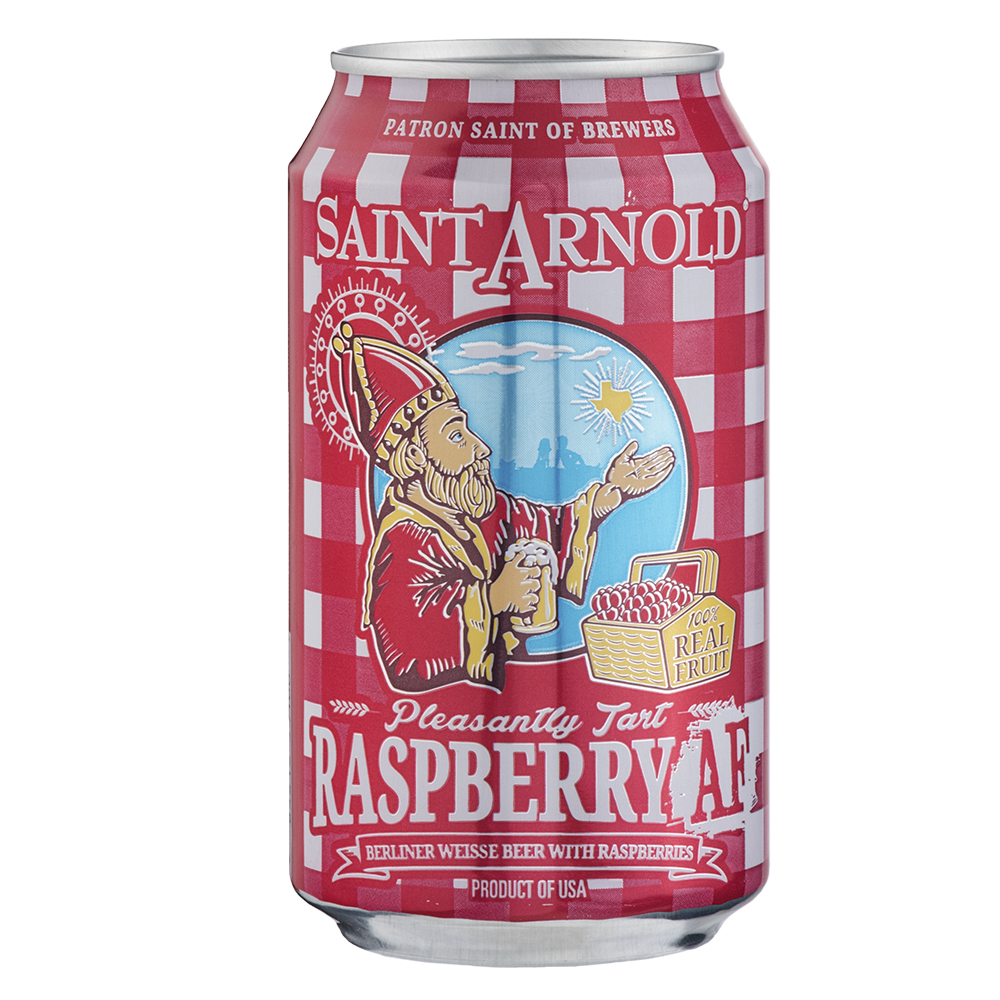
“When most people are introduced to the idea of “sour beer” they often assume something has gone wrong with the liquid. But, most of those same people are surprised and delighted with their first sip or a sour beer. The acidity comes across in a very citric, lemon way that, coupled with the carbonation and chill of the liquid, makes for a perfect hot weather thirst quencher.”
The idea of beer as a flavor doesn’t usually shout a noticeable acidity, but historically most beer had a pronounced tartness shortly after the end of the brewing process. The world around us is filled with airborne yeast and bacteria that feed on the sugars in beer. Mankind’s introduction to alcoholic beverages were thanks to some of these critters, but beer moved away from all of them save for brewery’s yeast (Saccharomyces cerevisiae) in the long slow road to crisp, clean beer as we know it now.
However, there are and always have been some outliers in the brewing world that still allow other microflora to assist in the fermentation of their beers. The lambics in the Senne Valley of Belgium are the most well known, and you can find books that detail their menagerie of microorganisms and the things that go on throughout the years of fermentation. Belgium also has the sour reds and browns of flanders with their deserved celebrity. But I’m going to focus on two sour styles of Germany that have gained tremendous popularity with craft beer brewers and drinkers alike.
The two styles of Berliner Weisse (pronounced “vice-uh” if you want to be “that guy”) and Gose (“go-zuh”) are historic styles that had been all but extinct in most of the world. Berliner Weisse, as it says, is a style of sour wheat beer that originated around Berlin and at the time of The Napoleonic Wars was referred to, by French troops, as the “Champagne of the North” because of it’s acidity and sparkling character. Gose has an epic origin story involving the intersection of two rivers, the Abzucht and the Gose, in Goslar, Germany. The saline-rich waters of the Gose River translated to the final product and the fermentation of the time resulted in noticeable tartness. The beer’s popularity quickly brought it to the attention of brewers in Leipzig to the west.
Both styles are wheat beers at their base. The acidity comes from a fermentation from lactic acid producing bacteria (most commonly it’s Lactobacillus) and it can range from pleasantly tart to jaw-clenchingly sour. The best examples of both have a refreshing tartness, not far off from a great lemonade or margarita. The difference between the two is the addition of salt and coriander to a Gose. Both styles have had brewers add fruit, spices and even green vegetal fruits like cucumber to their offerings.
At the table, Berliner Weisse and Gose are great alongside a lot of different foods because of their acidity. Pasta with a butter or cream sauce begs for that brightness to break through some of the richness. Seafood, especially fried, often gets a squeeze of lemon, but has no need with one of these sours in your hand. I’ve even had good luck with sours alongside grilled or roasted vegetables. Fruited versions would work well alongside many salads, but are especially good pairings with dessert.
The Beers

Salty Lady; Gose, 5.2% ABV
Martin House Brewing Company (Fort Worth, Texas)
Martin House was producing Salty Lady long before this style of sour had gained popularity in the Texas craft beer market, and it’s still one of the best selling Goses on our shelves. That, more than anything, should tell you the quality of the liquid. It verges on bracingly acidic, but there’s enough body and flavor to carry that through to a pleasantly refreshing beverage. It may not be the first thing I have a nooby try, but we’d get there eventually.

Red Bud; Berliner Weisse, 4.5% ABV
Independence Brewing Company (Austin, Texas)
Red Bud is where I’d start someone off that had never had a sour beer before. The acidity here is much softer, falling somewhere in the vain of lemonade, with an incredibly pleasant wheat beer texture, fluffy with just the right carbonation. It checks all necessary boxes. It might not impress the experienced sour drinker, but they do make a seasonal Cucumber Red Bud that gets us beer nerds excited.

Raspberry AF; Berliner Weisse (Fruited), 3.6% ABV
Saint Arnold Brewing Company (Houston, Texas)
Saint Arnold used to produce a Berliner Weisse as pleasant and straightforward as the Red Bud mentioned above, called Boiler Room, but it’s gone now. Then came Raspberry AF, a raspberry loaded variation of Boiler Room that arrived in cans, rather than bottles, and all was well in the world. Overflowing with juicy, jammy fruit and perfect acidity this beer is tasty AF, and begs to be had alongside cheesecake, copious amounts of cheesecake!




